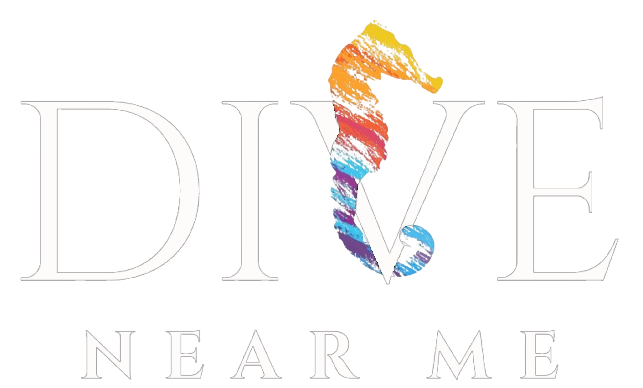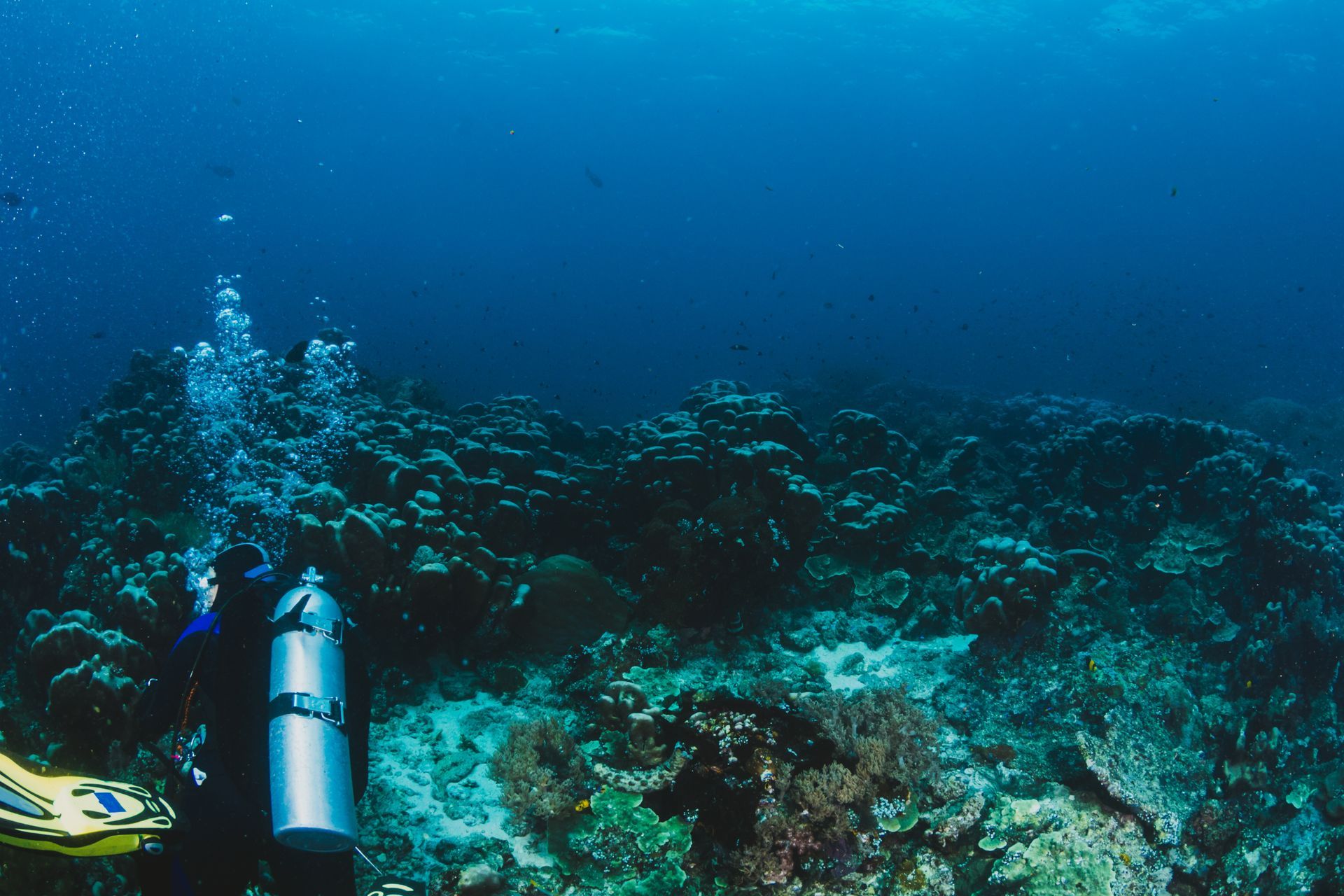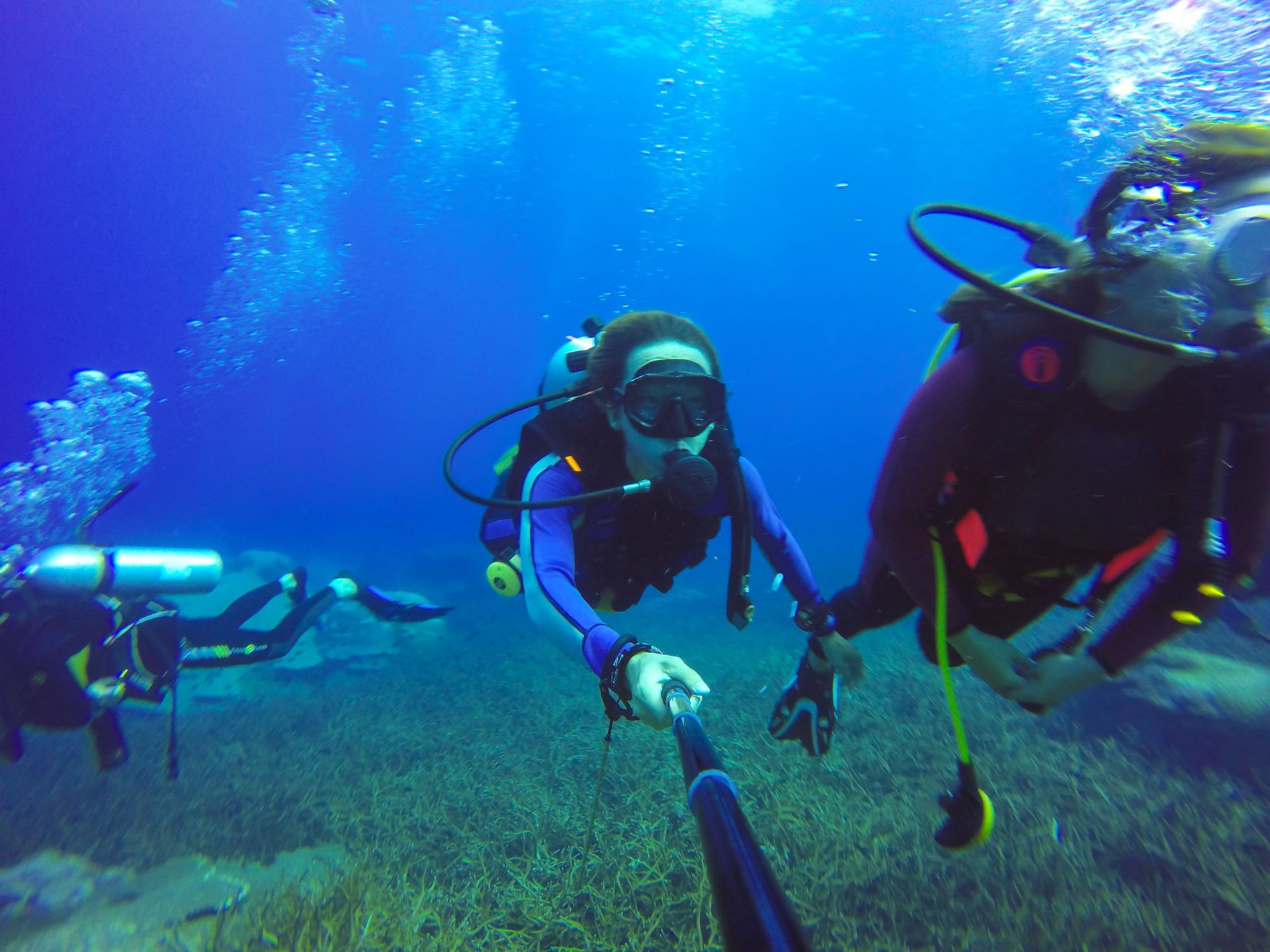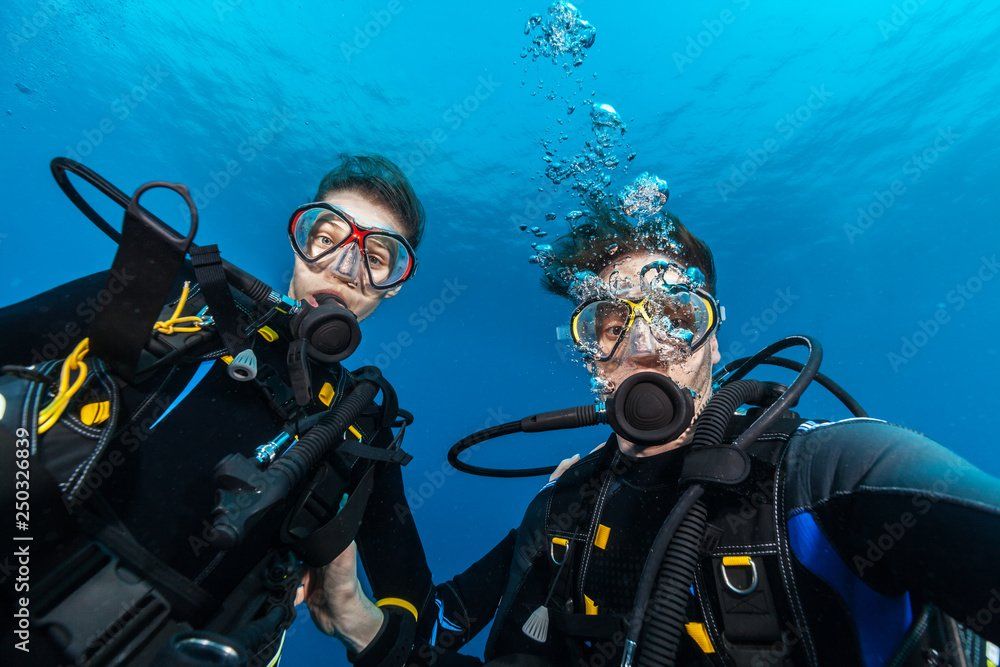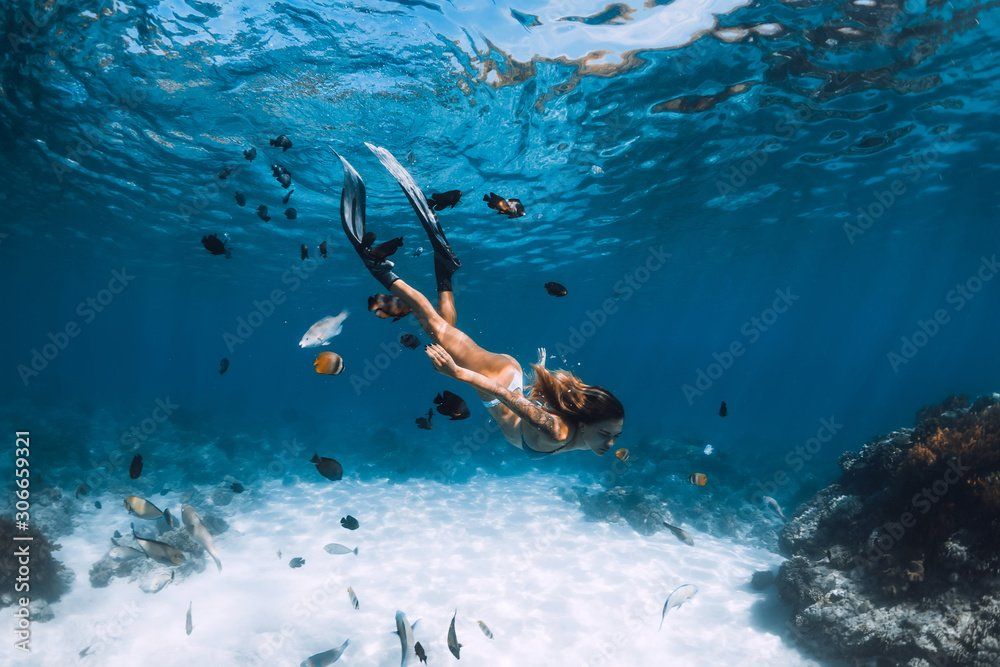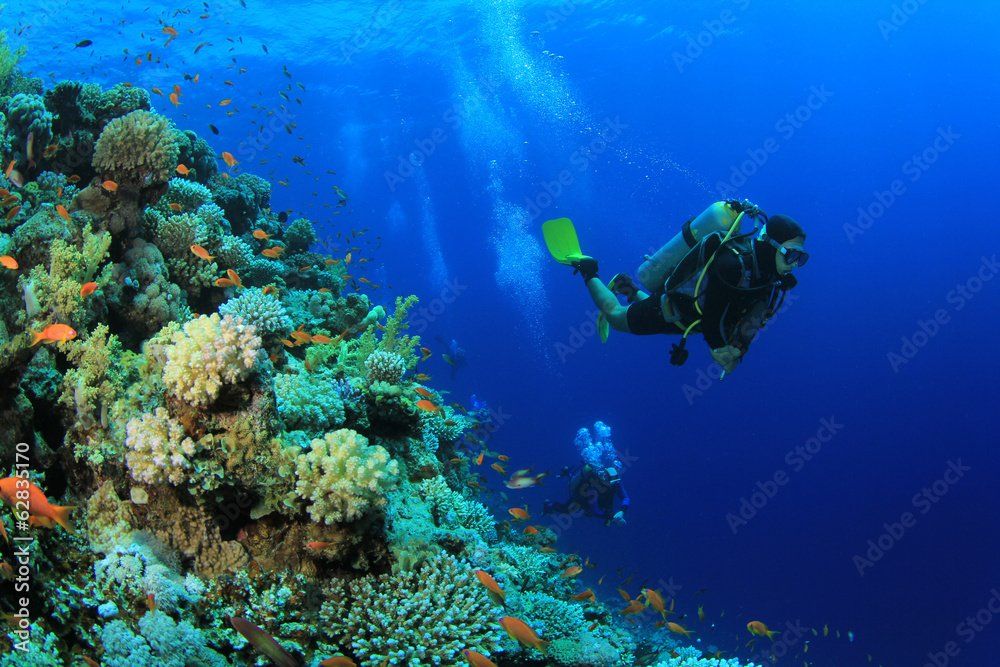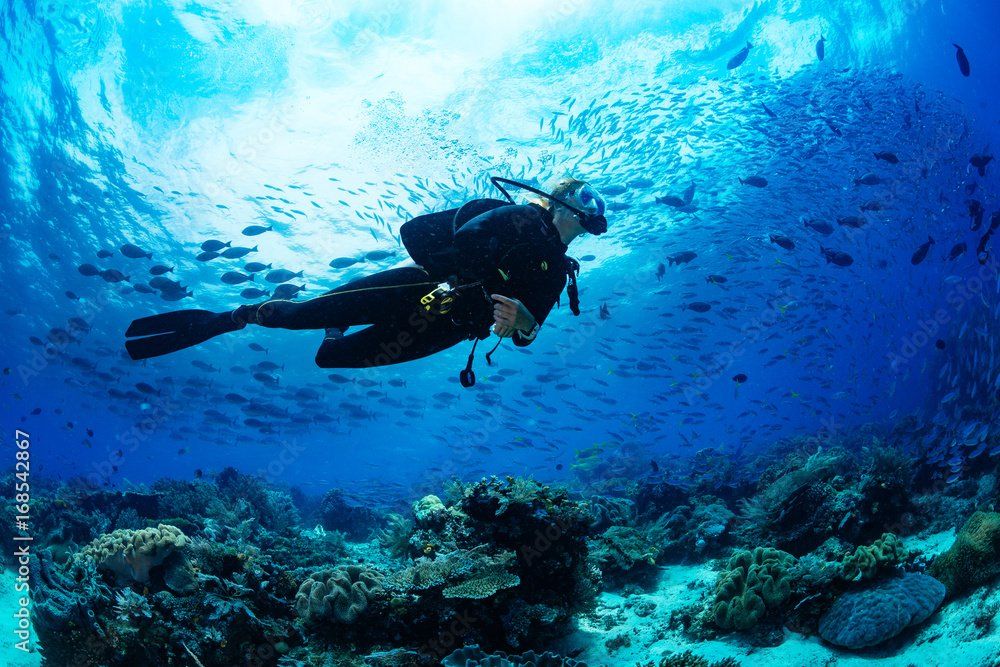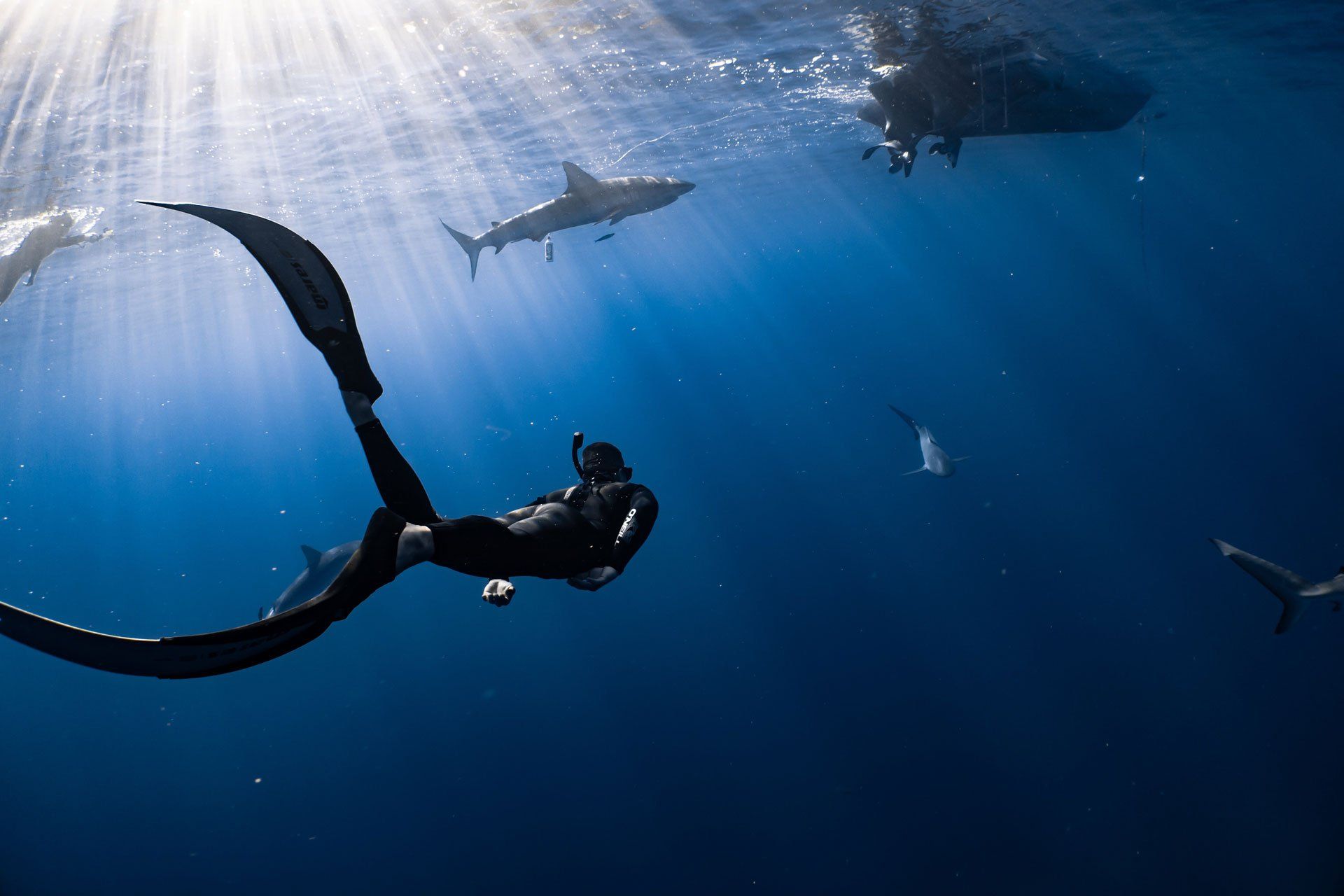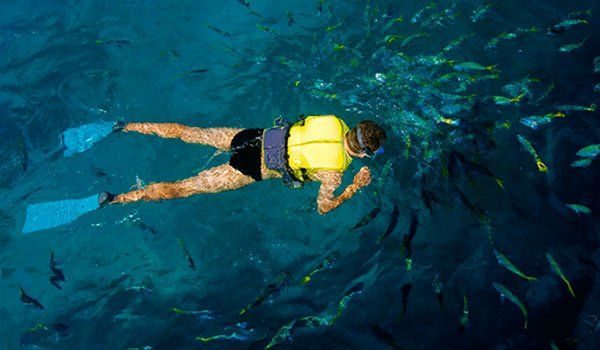What is a BCD in Scuba Diving?
Whether you are a beginner scuba diver or are an experienced diver looking for new equipment, having the right gear can be the difference between a safe and enjoyable dive and a disastrous one. A BCD, or Buoyancy Control Device, is one of the many essential
dive shop equipment that helps you achieve the former. Designed to give you control over your buoyancy while underwater, a buoyancy compensator allows you to easily move around and adjust your depth. If you're curious about how buoyancy control devices work and whether they are really needed by divers, this blog is for you.
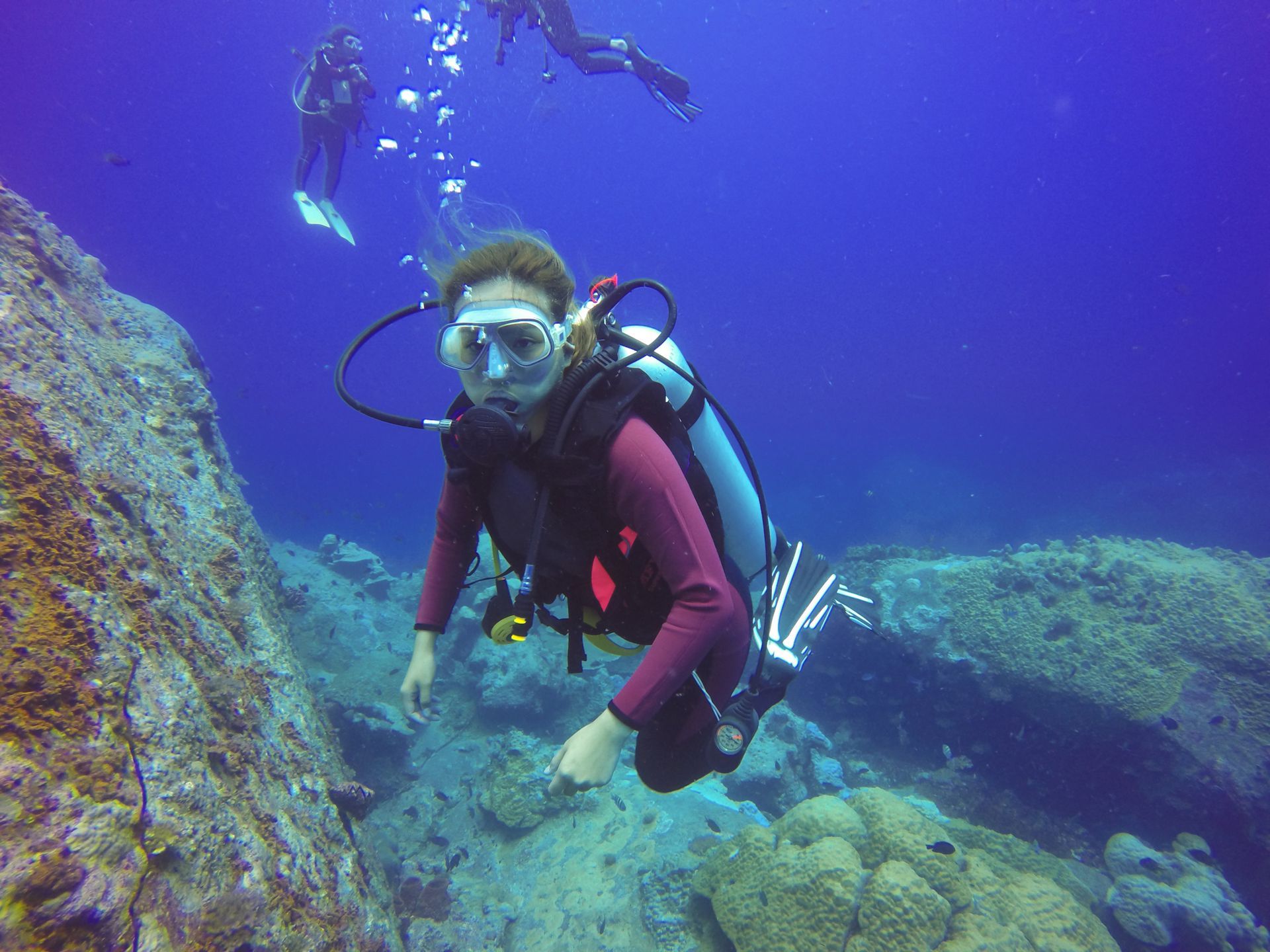
Image by tirachard on Freepik
How does a scuba BCD work?
A buoyancy compensator, or also called a buoyancy control device (BCD), is a type of diving equipment that divers wear to establish neutral buoyancy underwater and positive buoyancy at the surface. Basically, it provides scuba divers with the ability to control their depth in the water so they can easily descend, maintain specific depths, and ascend to the surface when needed.
In scuba diving, the low-pressure hose connects the first stage of the regulator (attached to the scuba cylinder or tank) to the second stage of the regulator to deliver air from the tank at a reduced pressure. This provides the scuba diver with a steady airflow for easy inflation and deflation of the buoyancy control device.
When the diver wants to increase their buoyancy, they can add air to the BCD using the air inflation valve. This causes the air bladder to expand, increasing the diver's buoyancy and helping them to rise in the water column.
Typically, the BCD is commonly used to maintain a specific water level below the surface. However, it is crucial to avoid adding too much air as it can result in a loss of control during the dive. Hence, divers are well aware of the dangers associated with such situations, highlighting the vital importance of maintaining proper buoyancy control throughout the dive.
Do you need a BCD for scuba diving?
In order to enjoy your scuba diving experience, you need to dive deeply to explore the wonders of the deep sea. This means that you need high-quality diving equipment to safely explore the depths. A buoyancy control device (BCD) is a necessity for any scuba diver, as it helps to regulate their descent and ascent during dives. By regulating the transfer of air from the dive tank to the BCD air bladder, scuba divers can effectively control their ascent in the water with minimal effort and no assistance at all.
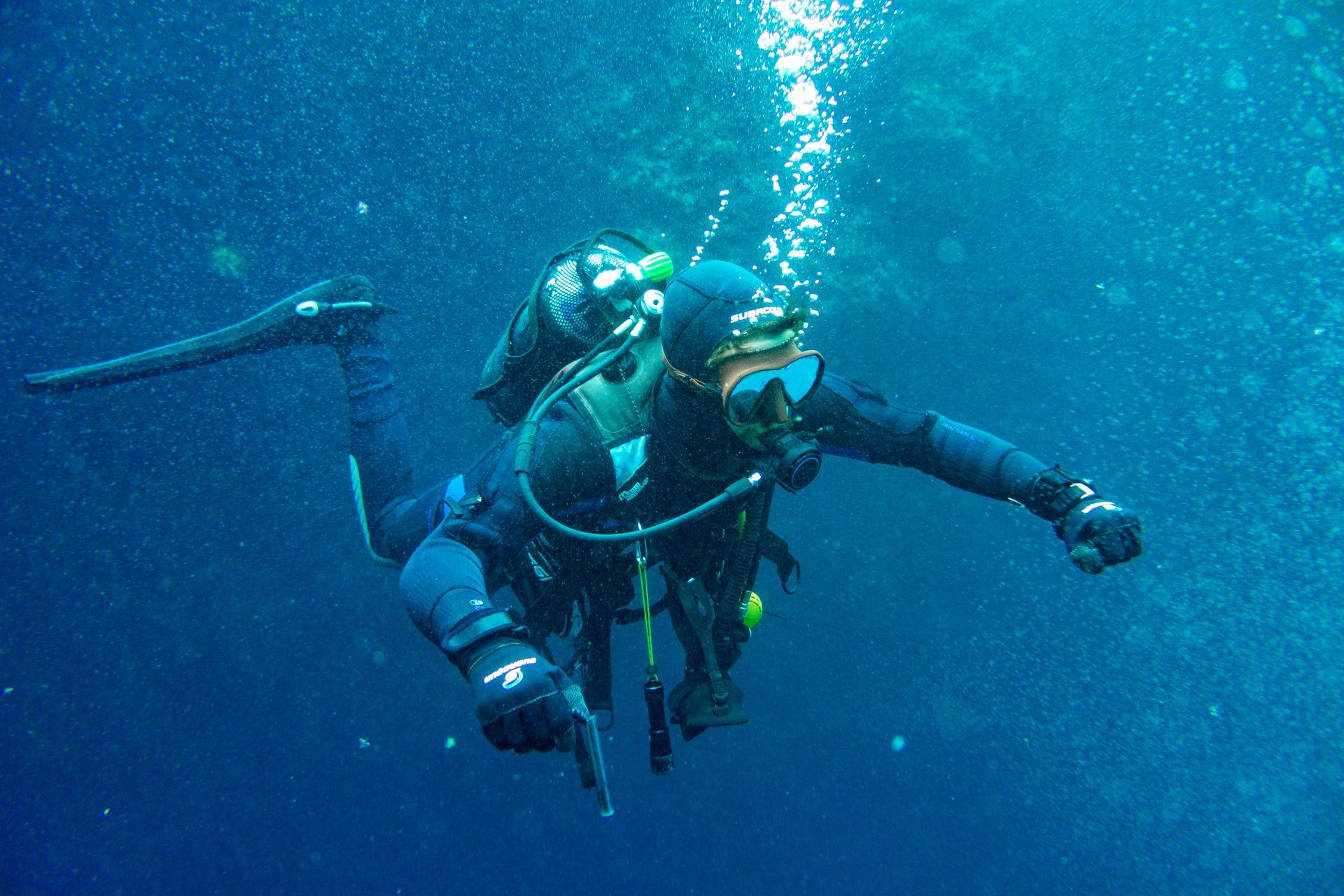
During a scuba dive, the goal is to become less buoyant to be able to dive deeper and explore the ocean floor. To do this effectively, you should release air slowly from your BCD to ensure a slow descent as releasing too much air too quickly can cause you to sink faster instead of diving down.
This is where the buoyancy compensator helps you regulate your neutral buoyancy. In addition, a well-functioning buoyancy compensator device can help you conserve energy by allowing you to stay at one depth without having to constantly adjust your body position for a desired depth change.
Therefore, knowing how to control your buoyancy control device is an essential skill that every diver needs to safely and successfully complete a scuba dive. A BCD helps to ensure that you can achieve the optimal buoyancy level for each dive, allowing you to explore underwater more comfortably and efficiently.
In line with this, here are some advantages that a buoyancy control device can offer:
Optimised Air Usage
Learning how to manage buoyancy control through a BCD is a fundamental skill that provides scuba divers with a range of benefits while exploring the underwater oceans. It not only facilitates effortless movement but also optimises air usage, which is an essential aspect for scuba divers and technical divers.
By effectively managing their buoyancy, scuba divers can maintain a steady depth and conserve energy, resulting in reduced air consumption. This prolongs dive durations while minimising the risk of decompression sickness.
Not only that, but enhanced air consumption also enables divers to enjoy longer surface intervals, providing them enough time to relax and recharge before subsequent dives. Ultimately, attaining proficiency in buoyancy control is a pivotal milestone for individuals aiming to become skilled scuba divers.
Increased Safety
In scuba diving, regulating your buoyancy is important to ensure safety and efficiency during dives. By effectively upholding their position in the water column, scuba divers can manage their ascent and descent or even maintain a stationary position underwater by adjusting the air volume within their BCD precisely. Not only does it allow scuba divers to save energy and air, but it also enables them to safely navigate various underwater depths and habitats.
Not to mention, the buoyancy control device can also function as a gear holder, where divers can attach their dive lights and cameras for hands-free exploration as well as provide additional illumination so they can be more confident in exploring underwater in a variety of conditions. Moreover, buoyancy control safeguards fragile underwater ecosystems, as it prevents accidental contact or damage to reefs and other aquatic life forms. This ensures the preservation of these delicate environments during diving expeditions.
The buoyancy control device (BCD) is essential for enhancing the overall safety of every scuba diver. Its ability to maintain neutral buoyancy underwater prevents divers from an uncontrolled ascent or descent, which can pose significant risks.
Enhanced Diving Experience
There is no better way to enjoy your scuba diving experience than to be able to adjust your body position and weight distribution freely and comfortably during dives. In order to go deep underwater and explore the depths of the ocean, you need to be able to move around without any hassles. That’s where a quality buoyancy compensator device comes in handy. A BCD is an essential piece of equipment that enables divers effortlessly move from one spot to another without tiring themselves out quickly.
The skill of buoyancy control is key for a successful dive experience, as it enables divers to glide seamlessly through the water column, conserve energy, avoid unnecessary movements, and effortlessly navigate underwater without causing any damage to marine life.
As your buoyancy control skills improve, you will discover the ability to engage in precision diving, leading to extended dive durations and reduced fatigue upon completion. Hence, regardless of your experience level as a diver, it is crucial not to underestimate the benefits of mastering buoyancy control because doing so will surely enhance your overall scuba diving experience.
How many years does a BCD last?
The lifespan of a buoyancy control device (BCD) typically varies depending on its usage, maintenance, and quality. Technically, if the inflator hose is still in good condition without any signs of cracking, there are no leaks, buoyancy control functions well, and you perform annual maintenance on the inflator and dump valves after the initial five years of usage, then your BCD should remain reliable.
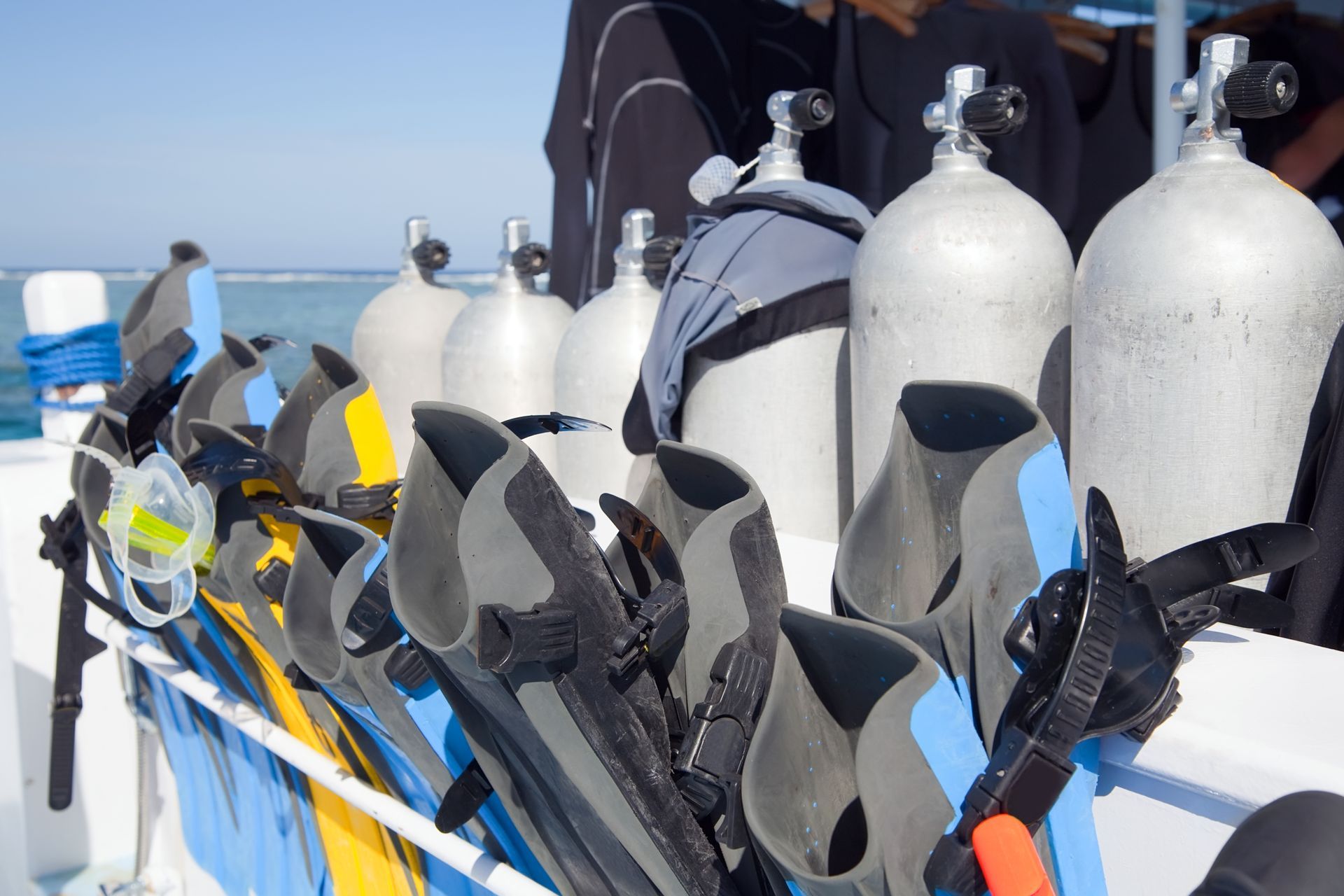
Image by bearfotos on Freepik
While most buoyancy control devices do not have a definite service life, they can last for five to ten years with proper care and maintenance. However, they may need to be replaced as soon as damage or some kind of deterioration has been detected. Not known to most divers, every buoyancy control device requires the same care and maintenance as a diving regulator to continue functioning well. This is why your buoyancy compensator must be serviced and inspected by a certified technician every one or two years to ensure optimal performance.
Follow the manufacturer's instructions for cleaning and storing the BCD, while also conducting regular inspections from a reliable technician. For every inspection, your technician may perform the following:
- Complete disassembly of the BCD, both inside and outside, for cleaning purposes. This includes cleaning the power inflator and dump valves.
- If necessary, the inner workings of the BCD are replaced with special parts from the manufacturer to ensure optimal performance.
- Reassembly of the BCD, ensuring all components are properly aligned and secured.
- Examination of all straps and releases to check for any signs of wear or damage.
- A comprehensive leak test is conducted to ensure the BCD is airtight and functioning properly.
Takeaway
As a scuba diver, having control over your buoyancy is crucial for significant reasons. Designed with safety and comfort in mind, a buoyancy control device (BCD) provides you with precise buoyancy control, allowing you to effortlessly remain at specific depths and float at your desired levels without exerting much effort. Not only does it enable smooth descents to greater depths or ascents to the surface but it significantly contributes to a more enjoyable and efficient diving experience.
When looking for your BCD, you must consider the safety features and options available. Additionally, be sure to check the compatibility of the BCD with your diving style, budget considerations, weight-carrying capacity, preferred positioning of the jacket's air, and even your body type. These aspects collectively contribute to finding the BCD that suits your needs best.
At Dive Near Me, we offer a comprehensive range of scuba diving BCDs that come in various sizes, designs, and features, perfectly suited for each of your individual needs. If you need any further information on our BCDs, our friendly experts can give advice and help you find the right BCD for you.

Dive Near Me is the most comprehensive dive centre in Wollongong. From dive courses and programs to diving gear and equipment sales and rentals, we offer everything you need for your underwater adventures.

